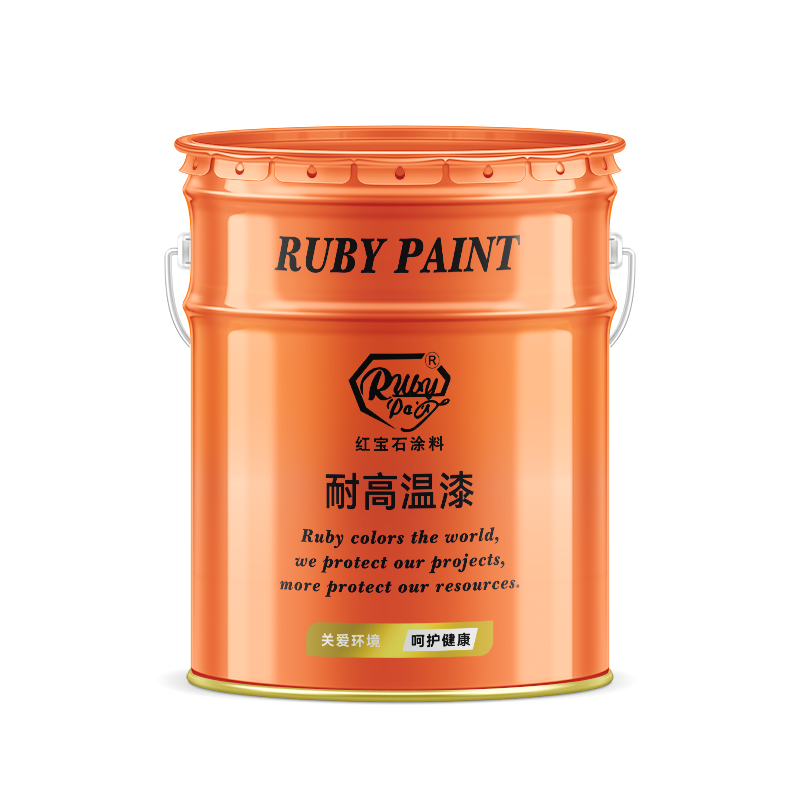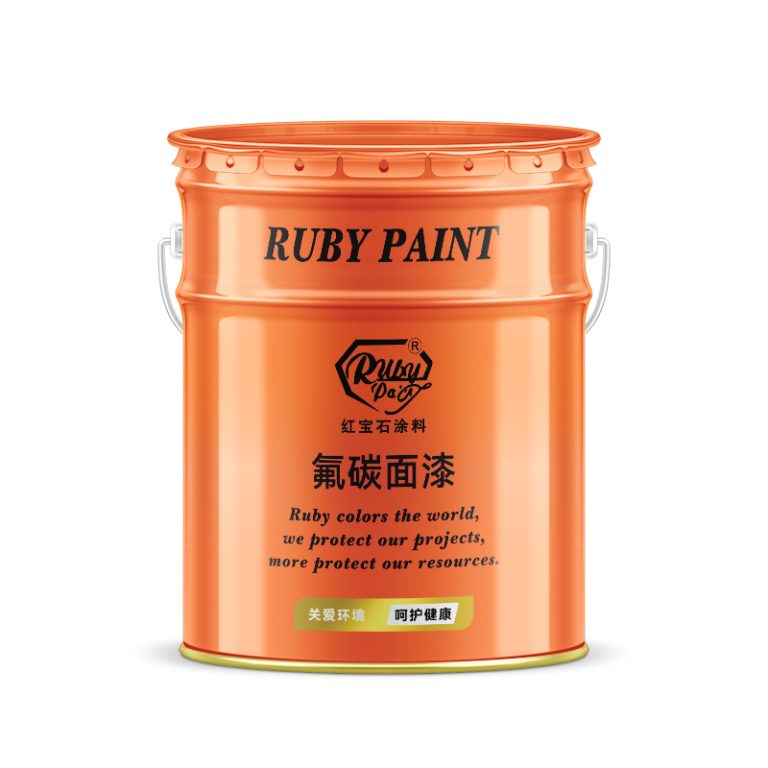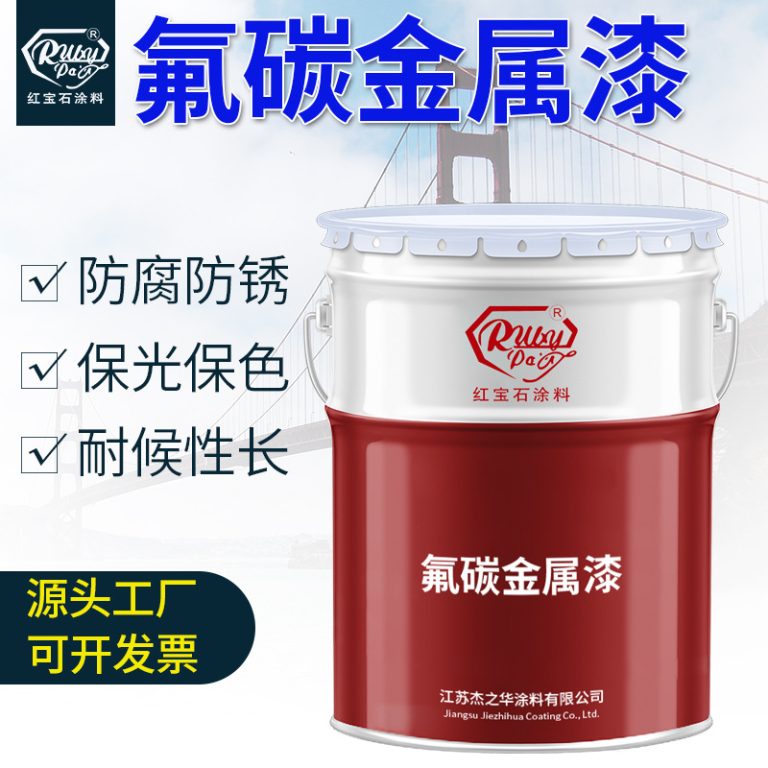Table of Contents
Understanding the ANSI/ASME A13.1 Standard for Ammonia Pipe Marking Colors
Understanding the ANSI/ASME A13.1 Standard for Ammonia Pipe Marking Colors
In the realm of industrial safety, the color-coding of pipes plays a pivotal role in preventing accidents and ensuring the smooth operation of various systems. When it comes to ammonia pipes, the stakes are particularly high due to the toxic and potentially explosive nature of ammonia. To mitigate risks, the American National Standards Institute (ANSI) and the American Society of Mechanical Engineers (ASME) have established guidelines for pipe marking through the A13.1 Standard. This standard specifies the colors and patterns that should be used to paint pipes containing ammonia, among other substances, to promote safety and facilitate the identification of their contents.
The A13.1 Standard is designed to provide a clear and consistent visual language for pipe identification. For ammonia pipes, the standard prescribes that they should be painted with a safety orange base color. This vibrant hue is chosen for its high visibility and its association with caution, alerting personnel to the potential hazards associated with the pipe’s contents. Furthermore, the standard requires that the safety orange be complemented by black lettering, which should spell out the word “AMMONIA” in a legible and durable font. This contrast ensures that the labeling is easily readable, even from a distance or in low-light conditions.
Additionally, the A13.1 Standard mandates the use of directional arrows on ammonia pipes. These arrows are crucial as they indicate the flow direction of the substance within the pipe, providing essential information for maintenance workers and emergency responders. The arrows should be painted in black to maintain consistency with the lettering, ensuring that all critical information stands out against the safety orange background.
The choice of safety orange for ammonia pipes is not arbitrary. It is part of a broader color-coding system that the A13.1 Standard outlines for various types of pipe contents. For instance, fire-quenching fluids are marked with red, potable water with green, and compressed air with blue. This systematic approach allows for quick identification and reduces the likelihood of errors that could lead to accidents or system malfunctions.

It is important to note that the A13.1 Standard is not merely a set of recommendations but is often incorporated into local, state, and federal regulations. Compliance with these guidelines is not only a best practice but also a legal requirement in many jurisdictions. Facilities that handle ammonia must therefore ensure that their pipe marking strategies align with the A13.1 Standard to avoid penalties and, more importantly, to safeguard the health and safety of their employees and the surrounding community.
In conclusion, the ANSI/ASME A13.1 Standard provides a critical framework for the color-coding of ammonia pipes. By stipulating that these pipes be painted safety orange with black lettering and directional arrows, the standard creates a visual cue that is universally recognizable and inherently cautionary. Adherence to these guidelines is essential for maintaining a safe industrial environment, preventing accidents, and ensuring that in the event of an emergency, responders can quickly and accurately assess the situation. As industries continue to prioritize safety, the importance of following such standards cannot be overstated, and the color-coding of pipes will remain a fundamental aspect of operational safety protocols.
Best Practices for Painting and Labeling Ammonia Pipes in Industrial Facilities
In the realm of industrial facilities, the proper identification of ammonia pipes is not merely a matter of aesthetic preference but a critical safety concern. Ammonia, a colorless gas with a pungent odor, is widely used in refrigeration systems, chemical production, and various other industrial applications. Due to its potential health hazards and the risk of chemical accidents, it is imperative that ammonia pipes are painted and labeled in accordance with established best practices and regulatory standards.
The color coding of pipes serves as a universal language that communicates the contents and associated risks to workers, maintenance personnel, and emergency responders. For ammonia pipes, the industry standard dictates that they should be painted in a safety alert green color. This specific shade is recognized internationally and is designated in the ANSI/IIAR Standard 2-2014 for equipment, piping, and labels in ammonia refrigeration systems. The safety alert green color is distinct and easily recognizable, which helps in quickly identifying the pipes that carry ammonia, thereby reducing the likelihood of accidental exposure or improper handling.
In addition to painting the pipes in safety alert green, it is also essential to include proper labeling. Labels should be durable, resistant to the environmental conditions of the facility, and placed at regular intervals along the piping system. They must clearly display the word “AMMONIA” in bold, legible letters. Furthermore, the labels should indicate the direction of flow and include information about the pipe’s contents, such as the state of the ammonia (whether it is in gas or liquid form) and its pressure level.
The placement of labels is equally important. Labels should be positioned in locations that are easily visible to personnel during normal operations, including at points where the pipes pass through walls or floors, near valves, flanges, and service points, and at any junctions where the pipe contents might be confused. This strategic placement ensures that individuals can quickly identify the contents of the pipes from any point along their length, enhancing safety and operational efficiency.
It is also recommended that facilities incorporate additional visual cues, such as standardized pictograms or hazard symbols, to convey the risks associated with exposure to ammonia. These symbols can alert individuals to the need for personal protective equipment or to exercise caution when working near the pipes.
Regular inspections and maintenance of the paint and labeling on ammonia pipes are crucial. Over time, paint can chip or fade, and labels may become illegible due to wear or environmental factors. A schedule for periodic checks and touch-ups should be established to ensure that the color coding and labeling remain clear and compliant with safety standards.
In conclusion, the painting and labeling of ammonia pipes in industrial facilities are not tasks to be taken lightly. By adhering to the best practices of using safety alert green for the pipes and ensuring clear, consistent labeling, facilities can mitigate risks and protect their workforce. These measures, while simple, play a vital role in maintaining a safe industrial environment and should be rigorously implemented and regularly reviewed to align with the highest safety standards.
The Importance of Safety and Compliance in Choosing Ammonia Pipe Paint Colors
The Importance of Safety and Compliance in Choosing Amonia Pipe Paint Colors
In the realm of industrial facilities, the safety of workers and the integrity of operations are paramount. One aspect that plays a crucial role in ensuring a safe working environment is the proper identification of pipes carrying hazardous substances. Ammonia, a colorless gas with a pungent smell, is widely used in refrigeration systems, chemical production, and various other industrial applications. Due to its potential health risks and flammability, the color coding of ammonia pipes is not merely a matter of aesthetic choice but a critical safety requirement.
The color of paint used on ammonia pipes serves as a visual cue, communicating important information about the contents of the pipes to employees, contractors, and emergency responders. This immediate recognition can prevent accidents, facilitate quick action in case of a leak or spill, and contribute to the overall safety of the facility. Therefore, it is essential to adhere to industry standards and regulations when selecting the appropriate color for ammonia pipes.
The American National Standards Institute (ANSI) has established a guideline known as the ANSI/ASME A13.1 Scheme for the Identification of Piping Systems. This standard provides a consistent framework for identifying the contents of pipes through color coding, which helps to minimize confusion and enhance safety. According to this scheme, ammonia pipes should be painted with a safety orange base color. This bright, easily noticeable color is designated for toxic and corrosive fluids, which includes anhydrous ammonia and ammonia solutions.
| Serial No. | Product Name |
| 1 | Epoxy Zinc rich paint |
Moreover, the ANSI standard recommends that additional labeling be used in conjunction with the base color to provide more detailed information. For ammonia pipes, this typically involves the use of black lettering to spell out the word “AMMONIA” on the orange background. The size and placement of the lettering should be such that it is legible from a reasonable distance, allowing for quick identification by anyone in the vicinity of the pipes.
| Serial Nr. | Article Name |
| 1 | Epoxy Zinc rich paint |
Beyond the ANSI standard, it is also important to consider any local regulations or industry-specific guidelines that may dictate the color coding of pipes. Some jurisdictions or companies may have their own requirements that either supplement or differ from the ANSI standard. Ensuring compliance with these additional regulations is crucial to maintain a safe environment and avoid potential legal issues.
Furthermore, regular maintenance of the paint on ammonia pipes is necessary to preserve their visibility and legibility. Over time, paint can fade, chip, or become obscured by dirt and other substances. Regular inspections should be conducted to assess the condition of the pipe markings, and repainting should be performed as needed to maintain the integrity of the safety color coding.
In conclusion, the selection of paint color for ammonia pipes is a matter of safety and compliance. The use of safety orange, as prescribed by the ANSI/ASME A13.1 standard, along with clear black lettering, ensures that these pipes are readily identifiable, reducing the risk of accidents and enhancing the safety of industrial environments. Adhering to these guidelines, while also taking into account any additional local or industry-specific regulations, is essential for creating a safe workplace that prioritizes the well-being of all individuals on site. Regular maintenance of these visual cues further solidifies the commitment to safety and compliance, making it an ongoing effort rather than a one-time task.






